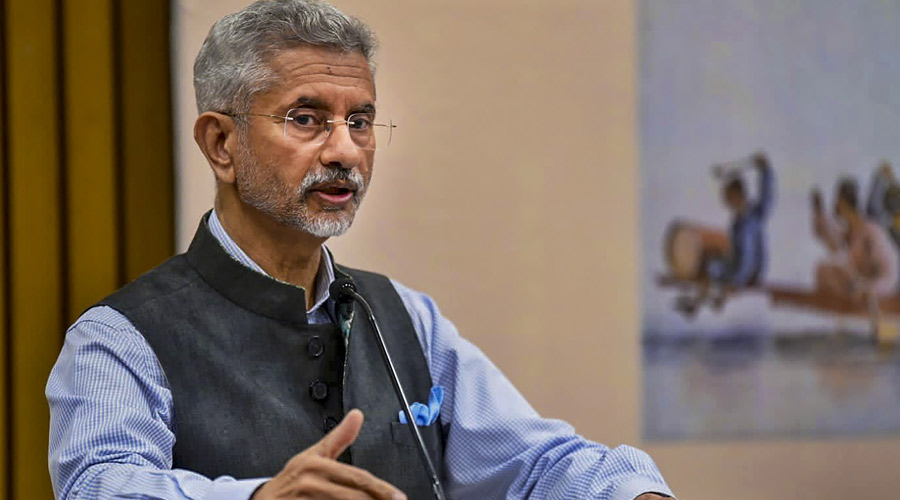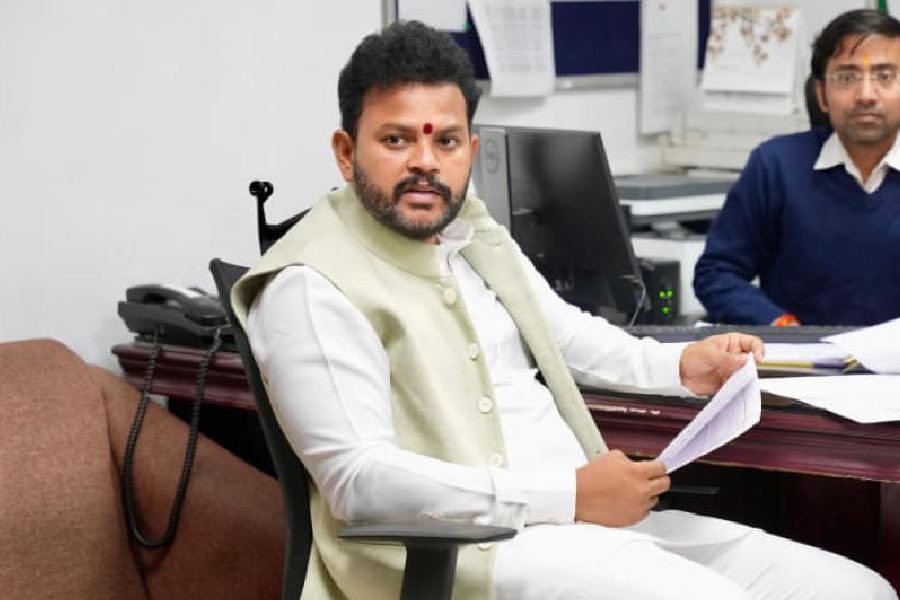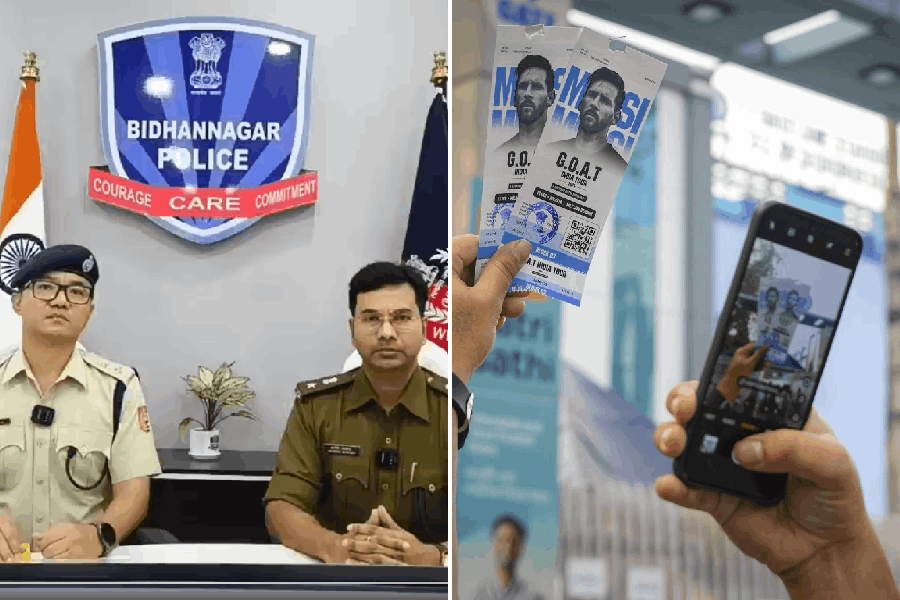Rhetoric and reality seldom meet as far as the pronouncements of the Narendra Modi government are concerned. Addressing the India-Latin America Business event in Panama last week, the external affairs minister, S. Jaishankar, claimed that India has successfully established itself as the ‘pharmacy of the world’. Mr Jaishankar’s assertion was based on India’s track record in supplying much-needed vaccines to over 100 countries and crucial antiviral drugs to at least 150 countries during the Covid-19 pandemic. A day later, at the India-Colombia Business Forum, Mr Jaishankar further suggested that India can be a natural partner to the South American country amidst supply chain vulnerabilities, highlighting the importance of regionalised production and competitive pricing of medicines and other products. All this sounds impressive and ambitious. But the rhetoric of India being the globe’s pharmacy must be matched against some troubling aspects of ground reality.
Mr Jaishankar’s statements coincided with the World Health Organization red flagging yet another instance of the export of cough syrups from India — this time from a firm in Punjab — to Micronesia and Marshall Islands for containing unacceptable amounts of the toxic chemicals, diethylene glycol and ethylene glycol. Worryingly, this is not an isolated incident. Late last year, 66 children died in The Gambia after consuming allegedly contaminated cough syrup made by a Haryana-based company. Over the past six months, concerns have been raised against an eye drop made in Chennai causing drug-resistant infections in the United States of America and a cancer drug manufactured in Hyderabad leading to similar maladies in Lebanon and Yemen.
These incidents warrant a fresh investigation of the quality of manufacturing and supervision in India’s pharmaceutical sector. Dishearteningly, the tendency has been to dismiss such allegations instead of implementing a mechanism to detect the gaps. In fact, there is a case to argue that recipient nations — poorer economies with lax standards of control of imports — should not be made to shoulder the blame. Standards of surveillance must be raised in the manufacturing country as well. According to the Drugs and Cosmetics Act, 1940 — it regulates the import, manufacture and distribution of drugs in India — the primary remit for drugs lies with states, keeping the apex medical regulatory body, the Central Drugs Standard Control Organisation, out of the loop. There is need for better coordination among the different stakeholders to implement a foolproof system to assess the quality of medicines. That the Drugs and Cosmetic Act needs to be reformed to be able to address modern challenges is an established argument. The changes must be implemented quickly. Instances of Indian-made medicine failing to meet international safety standards are not only an embarrassment but they also damage New Delhi’s diplomatic capital.










